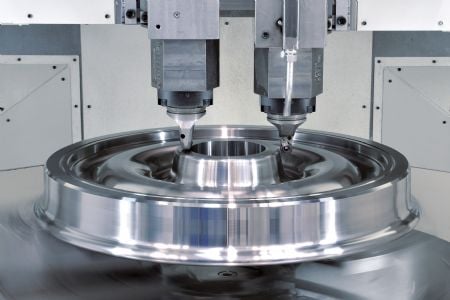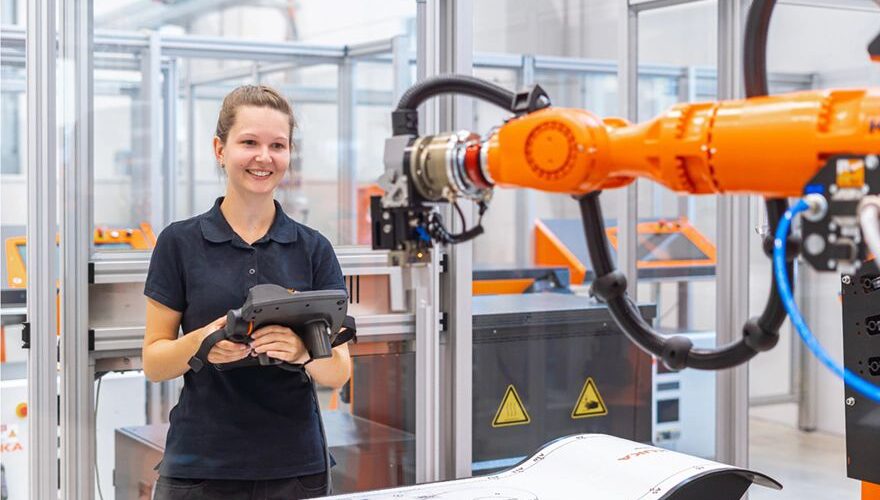
MAG IAS Secures Major Contract for Automated Railway Wheel Production Line in India
FFG subsidiary MAG IAS GmbH (MAG) has secured a significant contract to provide a highly automated…

As economies globally embrace robotics to drive industry and societal growth, government research and development (R&D) strategies are evolving differently across various regions. According to the World Robotics R&D Programs 2025 report by the International Federation of Robotics (IFR), nations in Asia, Europe, and the Americas are all implementing unique approaches to fund and develop robotics technologies.
Professor Dr. Jong-Oh Park, Vice Chairman of the IFR Research Committee, notes that the fourth edition of the World Robotics R&D Programs report includes significant updates from 2024, with Singapore and Canada being featured for the first time in this publication.
In China, the 14th Five-Year Plan for robotics development is set to conclude in 2025, with the country’s focus on innovation and making China a global leader in robotics technology. The program, launched by the Ministry of Industry and Information Technology (MIIT) in 2021, includes the Key Special Program on Intelligent Robots, which was updated in July 2024 with a budget of $45.2 million (USD). This initiative is driving advancements in areas such as generative AI model training, which has contributed to China’s rise to third place in global robot density, with 470 robots per 10,000 workers in 2023.
Meanwhile, Japan’s New Robot Strategy aims to position the country as the world’s top hub for robot innovation, focusing on sectors such as manufacturing, healthcare, and agriculture. Japan’s Moonshot Research and Development Programme, running until 2050, has a budget of $440 million and aims to address future societal challenges such as aging populations and climate change. Japan’s robot density reached 419 robots per 10,000 workers, securing its place as the world’s leading industrial robot manufacturer.
In South Korea, the government announced the 4th Basic Plan on Intelligent Robots in January 2024, with an investment of $128 million. This plan will support the development of robotics technologies, positioning them as a central pillar of the Fourth Industrial Revolution. The country continues to lead the world in industrial robot adoption, with 1,012 robots per 10,000 employees, a figure that has increased by 5% annually since 2018.
In Europe, Horizon Europe provides a budget of $100 billion for R&D initiatives running until 2027. The EU’s robotics-related work programme for 2023-2025 has a budget of $183.5 million, focusing on AI, clean energy, and healthcare initiatives. Countries like Germany, Sweden, and Denmark are at the forefront of robotics research, with Germany’s High-Tech Strategy 2025 program investing $369.2 million into research and application of robotics technologies.
The United States is also deeply invested in robotics R&D, with the National Science Foundation (NSF), NASA, and the Department of Defense (DoD) each leading significant research initiatives. NASA’s Artemis project, aimed at advancing space exploration, has a budget of $53 billion. The DoD’s 2023 budget includes $10.3 billion for robotics and autonomous vehicle technologies. The U.S. ranks 10th globally for robot density, with 295 robots per 10,000 workers in 2024.
As global governments continue to push forward with robotics initiatives, their investments in R&D are set to play a crucial role in shaping the future of automation, AI, and digital manufacturing.
Stay up to date with the latest industry news and events.

Be first to see all the updates from MTDCNC
Our newsletters frequency varies dependant on content
All the latest deals from the industry feature on our newsletters